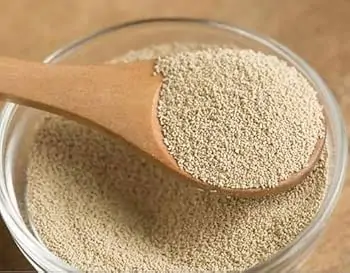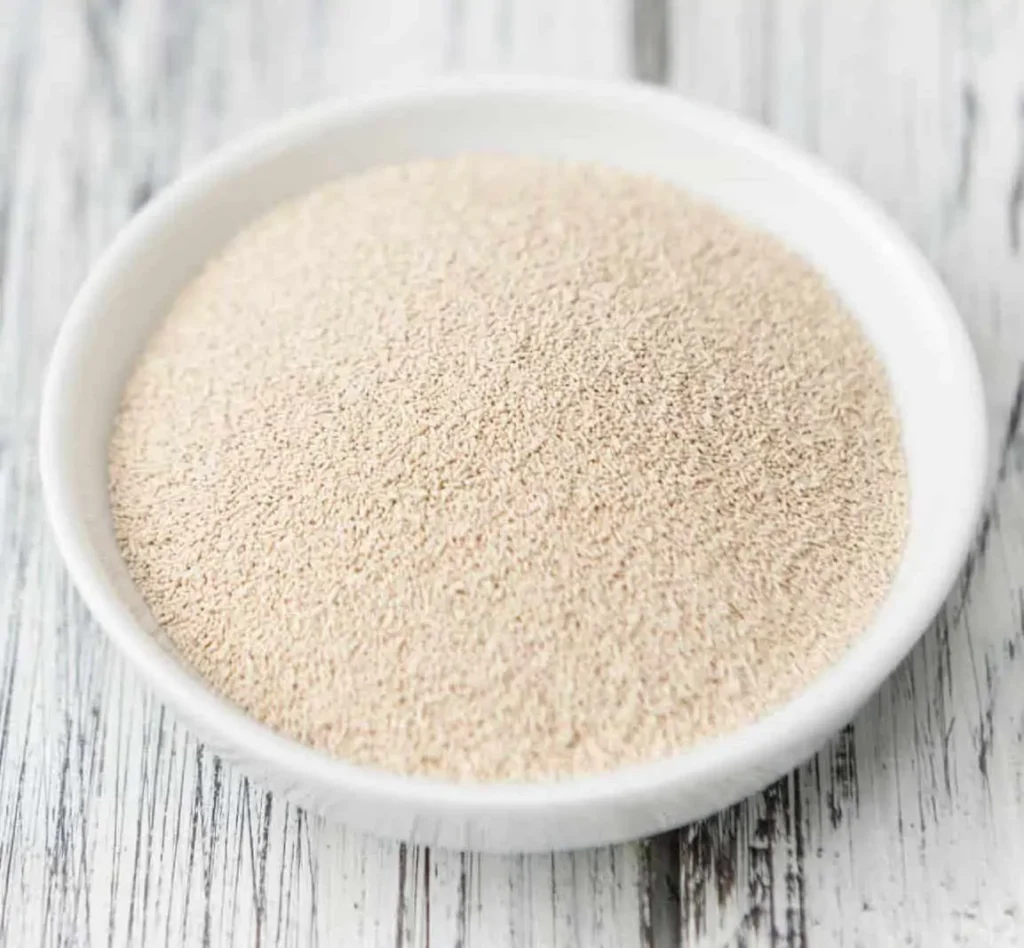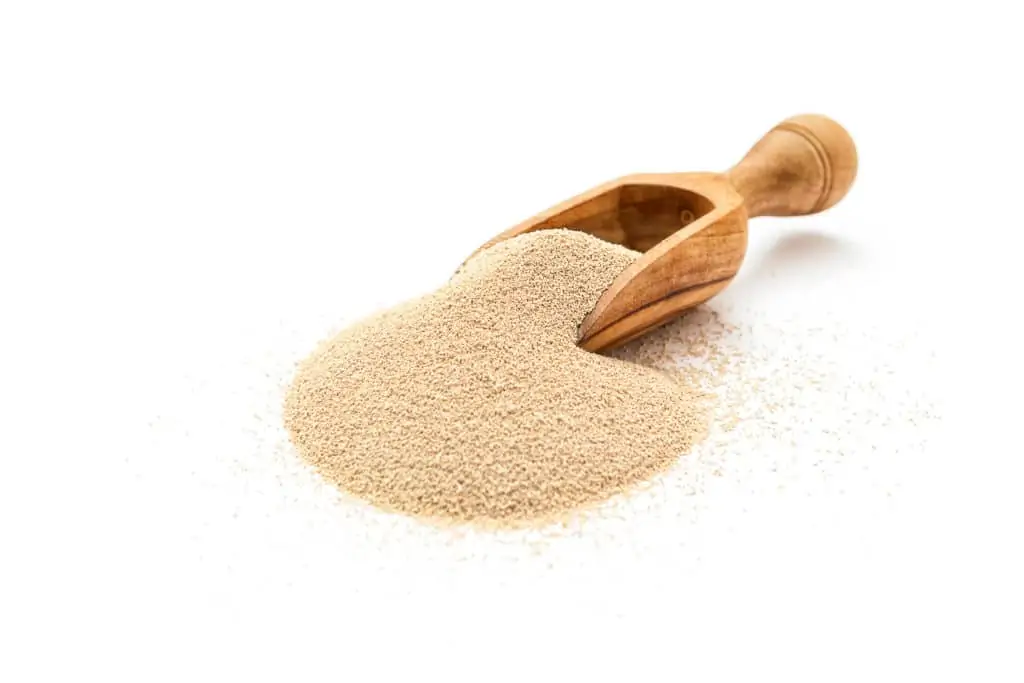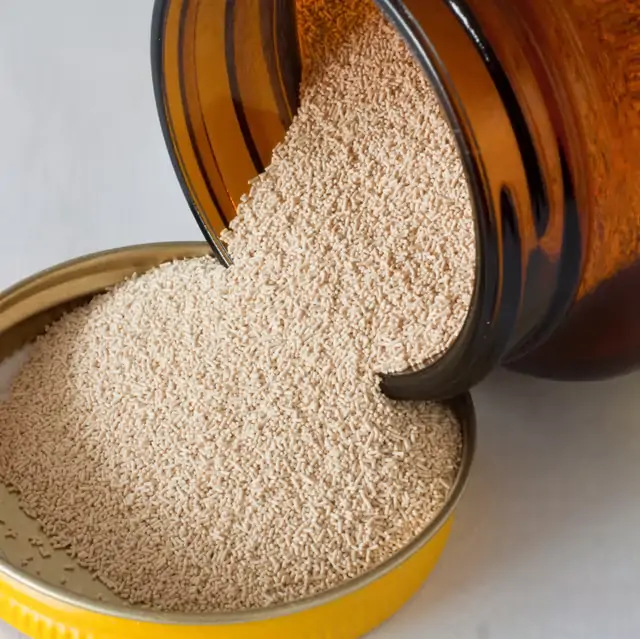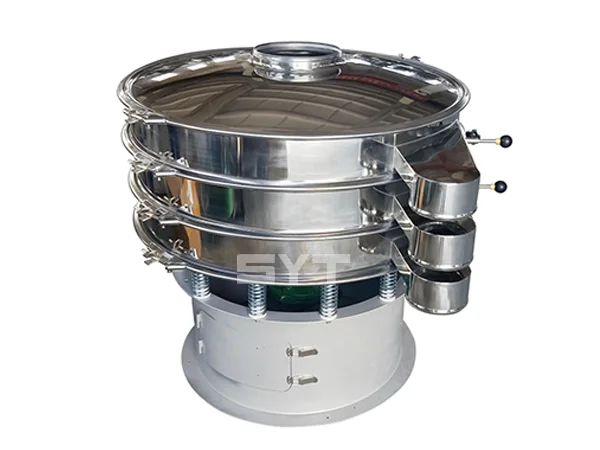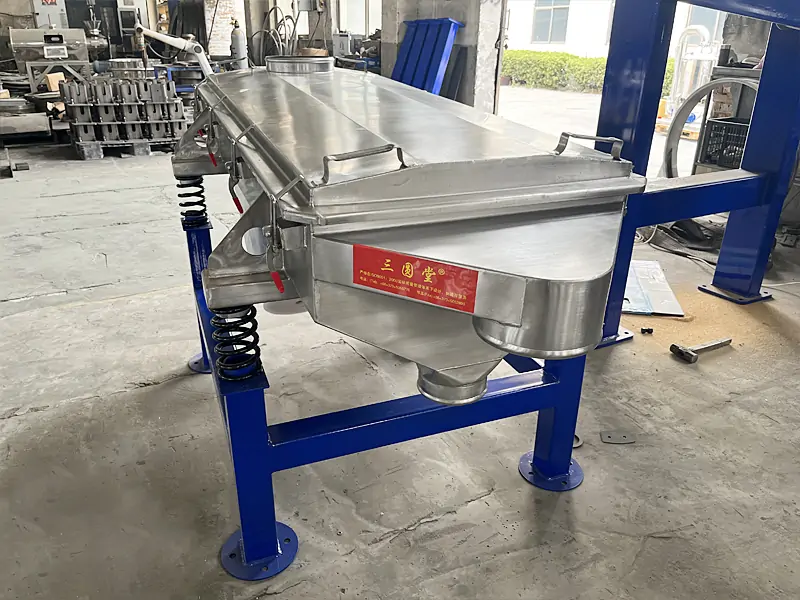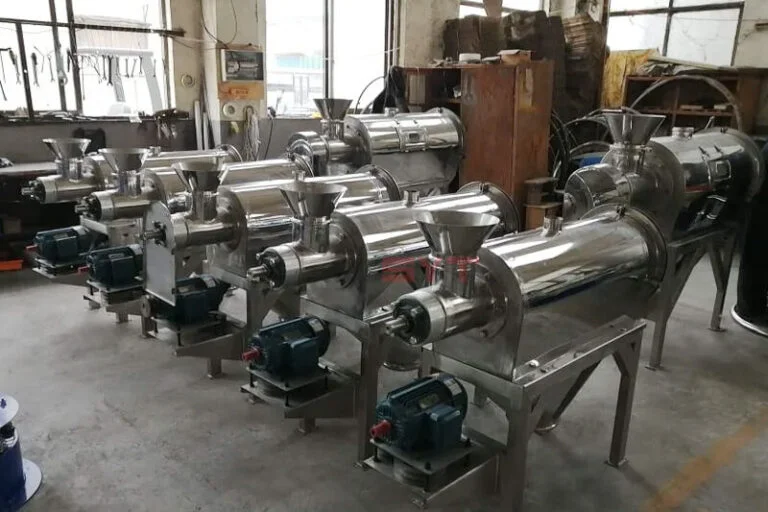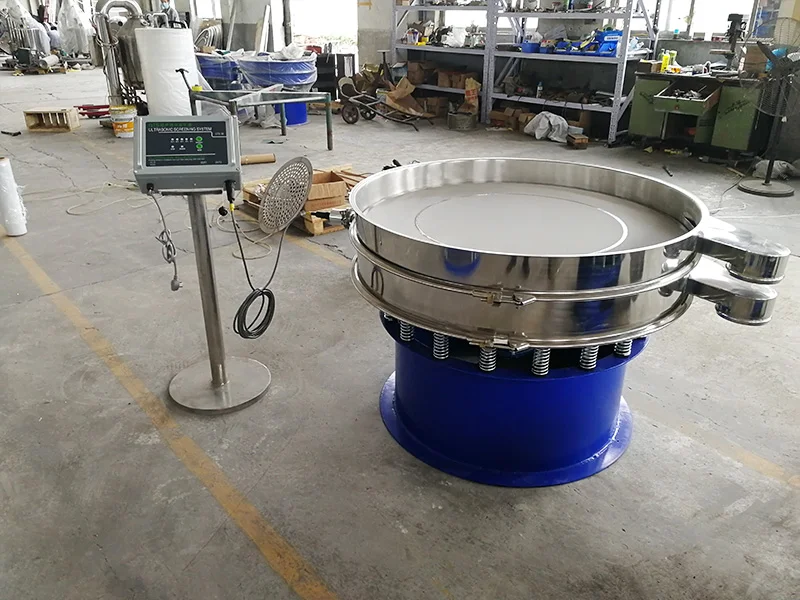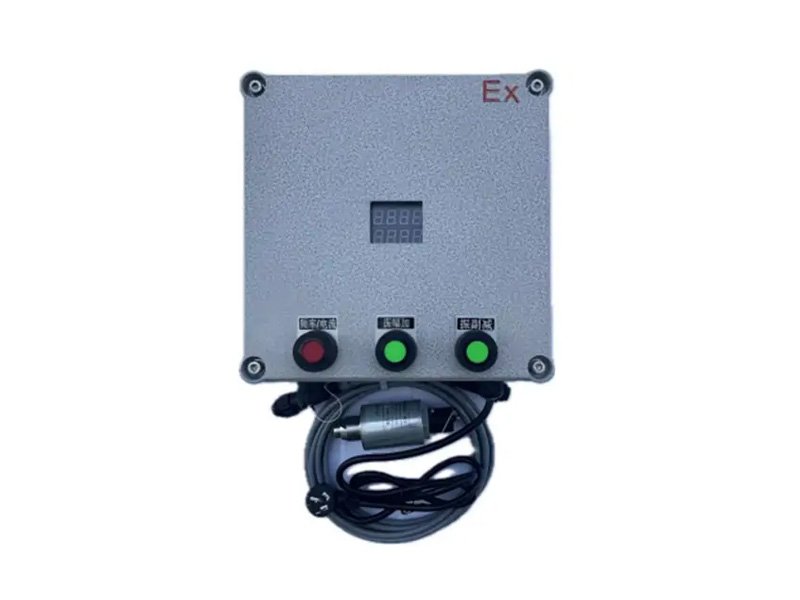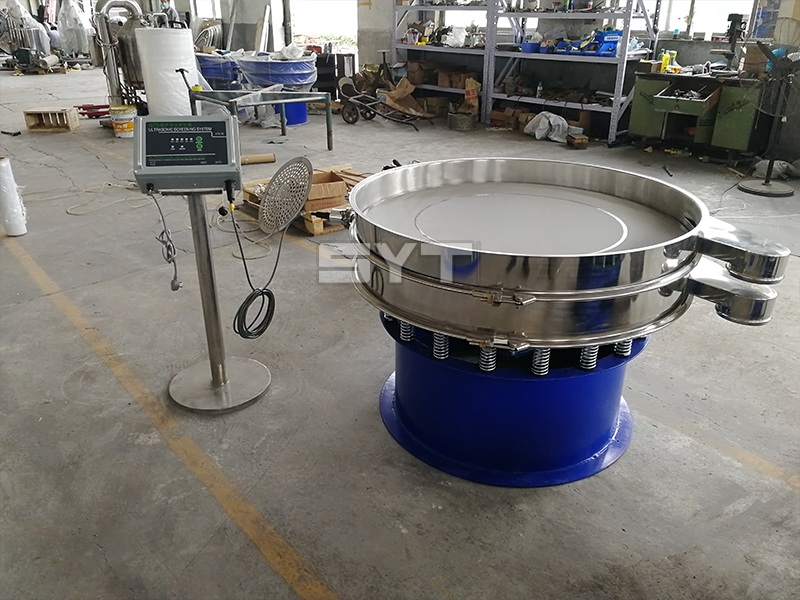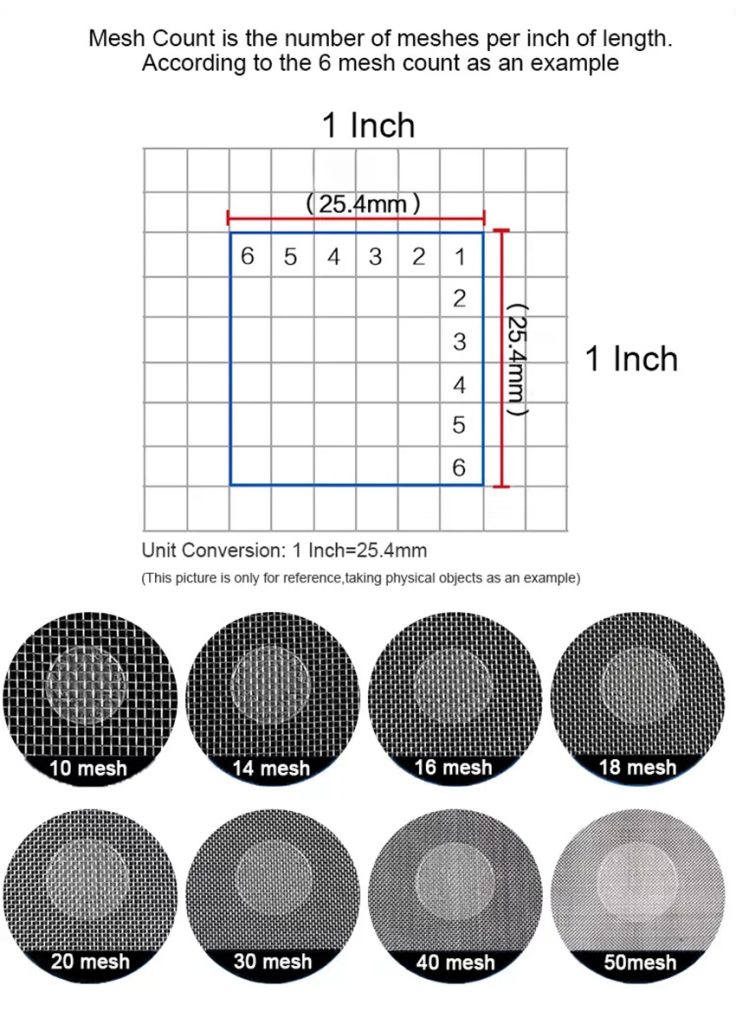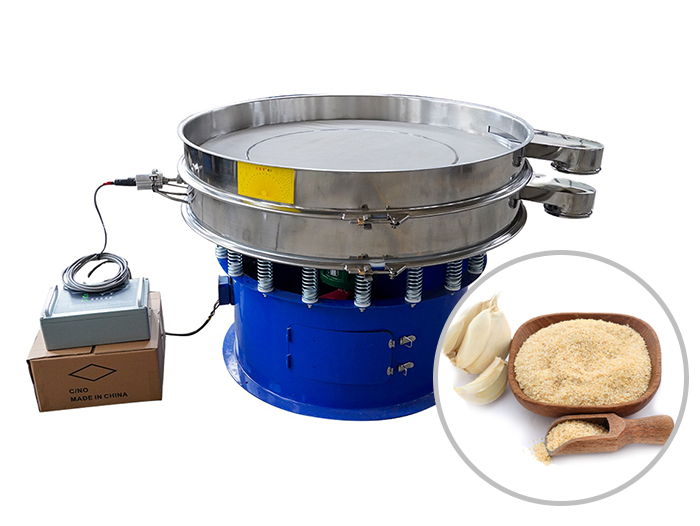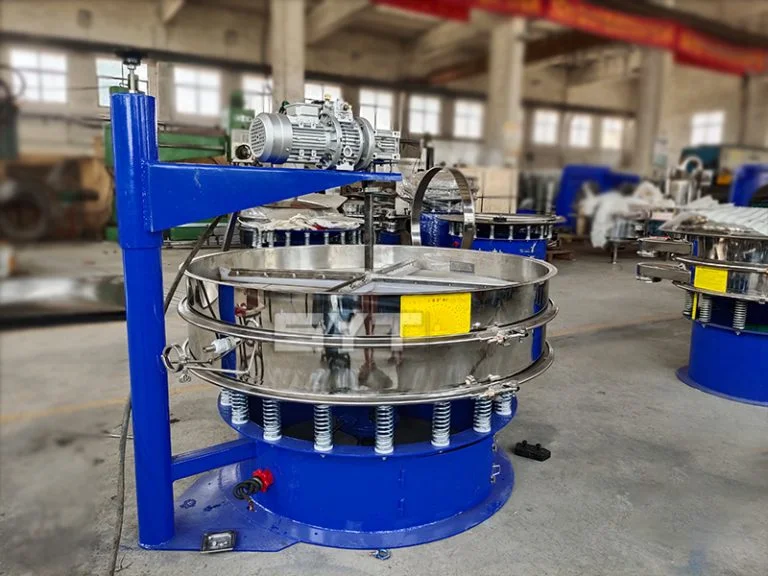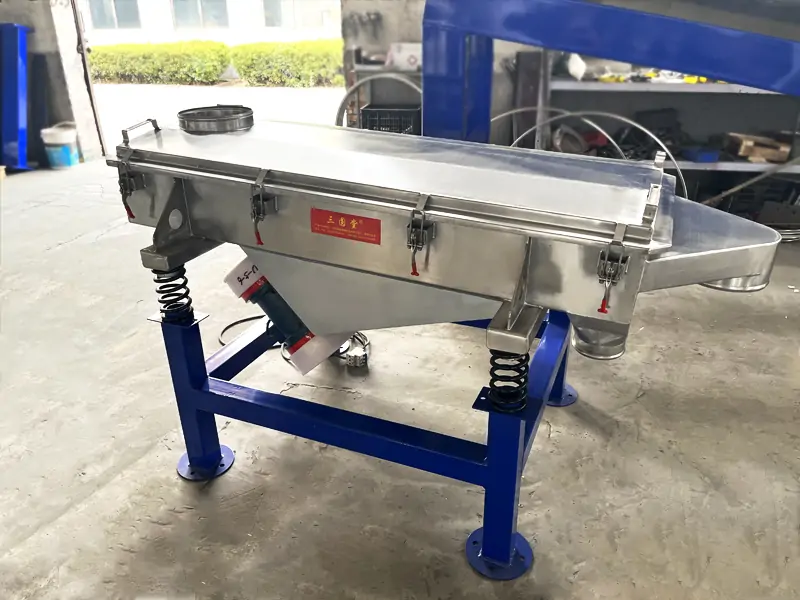Is your yeast production line facing challenges like screen clogging, low efficiency, or hygiene compliance issues? The right Yeast Vibrating Sieving Machinery is the key to solving these problems. This comprehensive guide will walk you through the most common types of vibrating screens used in yeast processing, their unique advantages, and how to select the perfect machine for your needs.
with the most common being the Rotary Vibrating Screen, Linear Vibrating Screen, Rotary Airflow Sifter and Ultrasonic Vibrating Screen. For example, in processes such as raw material cleaning, finished product grading, and preliminary screening, different types of vibrating screens are required based on varying process requirements to enhance product quality and efficiency. Let’s take a look at the roles of these common vibrating screens in yeast production and processing.
Advantages of Yeast Vibrating Sieving Machinery
In food production, efficiency, hygiene, and consistency are paramount. Yeast Vibrating Sieving Machinery delivers exceptional efficiency, durability, and sanitation, enhancing both the efficiency and quality of yeast sieving.
- High Sieving Efficiency: The vibration of Yeast Vibrating Sieving Machinery effectively prevents sieve clogging, increasing sieving throughput.
- Prevents Yeast Clumping: During the vibrating screening process, the high-frequency vibration breaks up large clumps of yeast particles, improving the quality of the final product.
- Prevents Foreign Object Contamination: Impurities may enter the yeast production process for various reasons. The screen mesh of Yeast Vibrating Sieving Machinery blocks these impurities from reaching the finished product.
- Easy to clean and maintain: The screen frame structure is typically designed as a quick-open type, facilitating screen mesh replacement and interior cleaning, meeting food hygiene requirements.
Types of Yeast Vibrating Screen:
The most commonly used Yeast Vibrating Screen in yeast production and processing primarily includes the following types:
Table of Contents
- Rotary Vibrating Screen/Circular Vibrating Screen
- Linear Vibrating Screen
- Rotary Airflow Sifter
- Ultrasonic Vibrating Screen
Rotary Vibrating Screen/Circular Vibrating Screen:
This is the most common and widely used equipment in yeast screening, particularly for the fine grading of yeast powder.
The equipment generates vibrations through a vibrating motor, causing the material to perform spiral jumping movements on the screen, resulting in high screening precision and efficiency.
It has a fully enclosed structure made of food-grade stainless steel (304 or 316L), making it easy to clean and disinfect, and meeting hygiene standards.
Changing the screen mesh is convenient, and multiple layers of screen mesh can be installed to separate several grades at once.
If fine powder, especially slightly moist yeast powder, tends to clog the screen mesh, an ultrasonic anti-clogging system can be added, which works very effectively.
Linear Vibrating Screen:
This screen has a very high processing capacity and is suitable for high-output applications.
It has a simple structure and is easy to maintain, with materials moving in a straight line during vibration.
It can also be designed with a fully enclosed hygienic structure.
In yeast production, it is particularly suitable for screening raw materials (such as molasses or starch) to remove impurities or for preliminary coarse screening of finished yeast.
Rotary Airflow Sifter:
This screen operates on a different principle, using high-speed airflow to carry fine powder through the screen mesh.
Its main advantage is its ability to efficiently screen extremely fine powders (such as high-activity dry yeast powder) or lightweight, static-prone powders without clogging the screen.
The entire operation is conducted under negative pressure, ensuring excellent dust control.
When you need to sift very fine yeast powder (e.g., 200 mesh or finer) or when a standard Rotary Vibrating Screen cannot handle static electricity, lightweight powder, or extremely fine particles, the Rotary Airflow Sifter is an excellent choice.
Ultrasonic Vibrating Screen:
This can be considered an “upgraded version” of the Rotary Vibrating Screen, featuring ultrasonic vibration on the screen mesh.
It excels at preventing screen clogging, particularly effective for yeast powder that is prone to moisture absorption, clumping, static electricity, extreme fineness, or lightness. It virtually eliminates screen clogging, achieves higher screening precision and efficiency, and extends screen lifespan.
Although the equipment is more expensive, it is the ideal solution for upgrading when dealing with difficult-to-screen yeast powder (such as ultra-fine powder or moisture-sensitive powder).
The above four types of vibrating screens are the most common and widely used Yeast Vibrating Sieving Machinery. Of course, if you have other requirements or issues to address, you can contact us immediately. We have a professional team to provide you with the latest solutions. After understanding the equipment, let’s take a look at the key considerations when selecting a vibrating screen.
Yeast Vibrating Screen Selection Recommendations:
When selecting Yeast Vibrating Screen, it is essential to understand its primary application or the issues it can address. Below are common questions to clarify your requirements before making a selection:
- What is the nature of the yeast? Particle size, moisture content, density, flowability, stickiness, and static electricity properties must all be understood.
- What is the intended use? Is it for removing impurities, or for grading yeast by particle size? How many grades do you need to separate? How fine should the sieving be (i.e., mesh size)?
- What is the production requirement? How much material needs to be sieved per hour?
- How strict are the hygiene requirements? The equipment must be made of food-grade stainless steel (e.g., 304 or 316L), with a polished surface, good sealing, and easy to disassemble and clean (quick-release design, no hygiene dead zones), and must meet food/pharmaceutical GMP standards.
- What are the on-site conditions like? Are there any explosion-proof requirements? Is there enough space? Are there strict noise restrictions?
- Are there any special requirements? For example, do you need an ultrasonic anti-clogging screen? Do you need explosion-proof features? Do you need automatic feeding and discharging?
By addressing these questions, you can accurately identify the appropriate vibrating screen. If you are unsure how to select the right equipment, please share your requirements with us, and we will assist you in analyzing and selecting the best solution to optimize your production efficiency.
Conclusion:
To maximize your production efficiency and product quality, selecting the correct yeast vibrating sieving machinery is critical. Here’s a quick summary to guide your final decision:
- For all-around precision grading, the Rotary Vibrating Screen is the most reliable choice.
- For high-volume, rough screening, the Linear Vibrating Screen is unbeatable.
- For ultra-fine or electrostatic powders, the Rotary Airflow Sifter is the specialist.
- For sticky, moist powders that cause clogging, the Ultrasonic Vibrating Screen is the ultimate solution.
Should you be uncertain about your selection or have further queries, please contact us immediately to receive a bespoke equipment recommendation tailored to your specific raw materials and production targets.
FAQ
Q1: What is the most common type of Yeast Vibrating Sieving Machinery?
A1: The Rotary Vibrating Screen is the most versatile and widely used type of Yeast Vibrating Sieving Machinery. It is highly effective for the fine grading of dry yeast powder, offering excellent precision, efficiency, and a hygienic design that meets industry standards.
Q2: How can I prevent yeast powder from clogging the screen mesh?
A2: Screen clogging is a common challenge. For mild cases, an ultrasonic anti-clogging system can be added to a rotary screen. For severely sticky, moist, or electrostatic powders, we highly recommend the Ultrasonic Vibrating Screen or Rotary Airflow Sifter, which are specifically designed to eliminate blinding.
Q3: Are your Yeast Vibrating Screens suitable for food-grade or GMP standards?
A3: Absolutely. Our Yeast Vibrating Sieving Machinery is constructed with food-grade stainless steel (304 or 316L), features polished surfaces, and has a fully enclosed, seamless design with quick-release parts. This ensures easy cleaning, prevents contamination, and fully complies with food and pharmaceutical GMP hygiene standards.
Q4: Can you customize the Yeast Vibrating Sieving Machinery for our specific production line?
A4: Yes, customization is a core service. We can tailor the Yeast Vibrating Sieve based on your specific throughput requirements, particle size goals, factory layout, and any special needs like explosion-proof motors or automated feeding systems. Contact us for a bespoke solution.
Q5: Which machine is best for screening ultra-fine yeast powder (e.g., over 200 mesh)?
A5: For ultra-fine, lightweight powders that are prone to static, the Rotary Airflow Sifter is the superior choice. It uses an air-based sieving principle that efficiently separates fine particles without screen blinding, ensuring high yield and dust-free operation.
